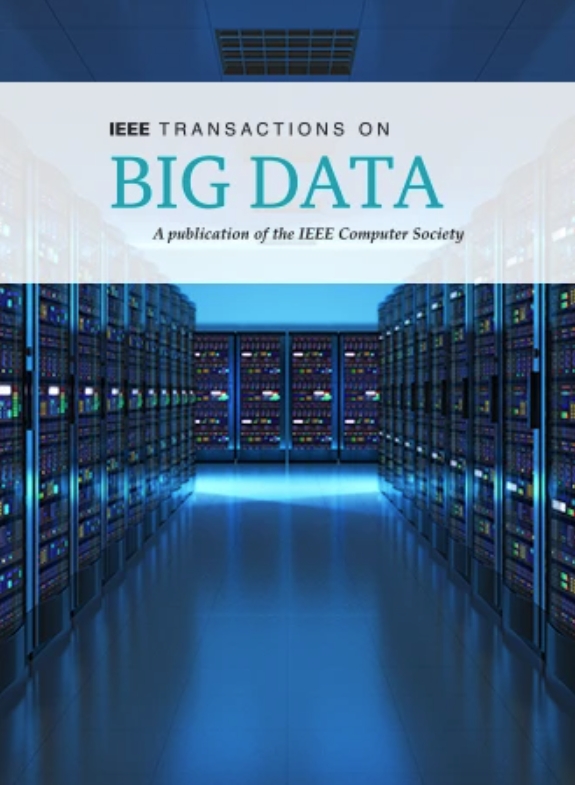细粒度城市流量推理的时空对比研究
IF 7.5
3区 计算机科学
Q1 COMPUTER SCIENCE, INFORMATION SYSTEMS
引用次数: 0
摘要
细粒度的城市流推断(FUFI)问题旨在从粗粒度的流图中推断出细粒度的流图,通过降低电力、维护和运营成本,使各种智慧城市应用受益。现有模型采用图像超分辨率技术,在FUFI中取得了良好的性能。然而,它们往往依赖于大量训练数据的监督学习,往往缺乏泛化能力,面临过拟合。我们提出了一个新的解决方案:时空对比的细粒度城市流推断(STCF)。它由两个用于流图时空对比的预训练网络组成;(ii)一个用于融合学习特征的耦合微调网络。STCF通过吸引时空相似的流程图,同时在表示空间内隔离不相似的流程图,提高了效率和性能。在两个大规模的真实城市流量数据集上进行的综合实验表明,STCF将推理误差降低了13.5%,所需的数据和模型参数比现有技术少得多。本文章由计算机程序翻译,如有差异,请以英文原文为准。
Spatial-Temporal Contrasting for Fine-Grained Urban Flow Inference
Fine-grained urban flow inference (FUFI) problem aims to infer the fine-grained flow maps from coarse-grained ones, benefiting various smart-city applications by reducing electricity, maintenance, and operation costs. Existing models use techniques from image super-resolution and achieve good performance in FUFI. However, they often rely on supervised learning with a large amount of training data, and often lack generalization capability and face overfitting. We present a new solution:
S
patial-
T
emporal
C
ontrasting for Fine-Grained Urban
F
low Inference (STCF). It consists of (i) two pre-training networks for spatial-temporal contrasting between flow maps; and (ii) one coupled fine-tuning network for fusing learned features. By attracting
spatial-temporally similar
flow maps while distancing dissimilar ones within the representation space, STCF enhances efficiency and performance. Comprehensive experiments on two large-scale, real-world urban flow datasets reveal that STCF reduces inference error by up to 13.5%, requiring significantly fewer data and model parameters than prior arts.
求助全文
通过发布文献求助,成功后即可免费获取论文全文。
去求助
来源期刊

IEEE Transactions on Big Data
Multiple-
CiteScore
11.80
自引率
2.80%
发文量
114
期刊介绍:
The IEEE Transactions on Big Data publishes peer-reviewed articles focusing on big data. These articles present innovative research ideas and application results across disciplines, including novel theories, algorithms, and applications. Research areas cover a wide range, such as big data analytics, visualization, curation, management, semantics, infrastructure, standards, performance analysis, intelligence extraction, scientific discovery, security, privacy, and legal issues specific to big data. The journal also prioritizes applications of big data in fields generating massive datasets.
 求助内容:
求助内容: 应助结果提醒方式:
应助结果提醒方式:


